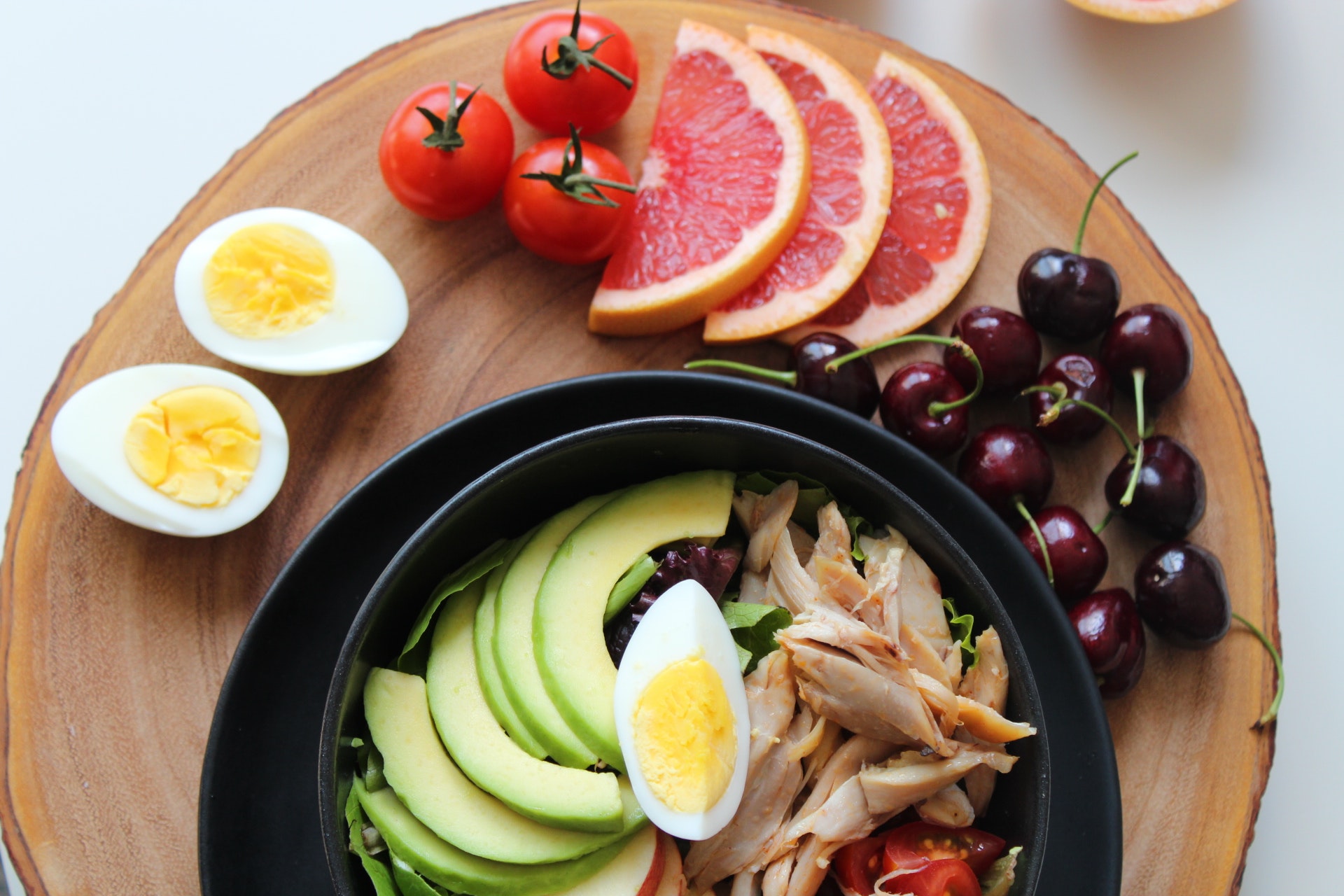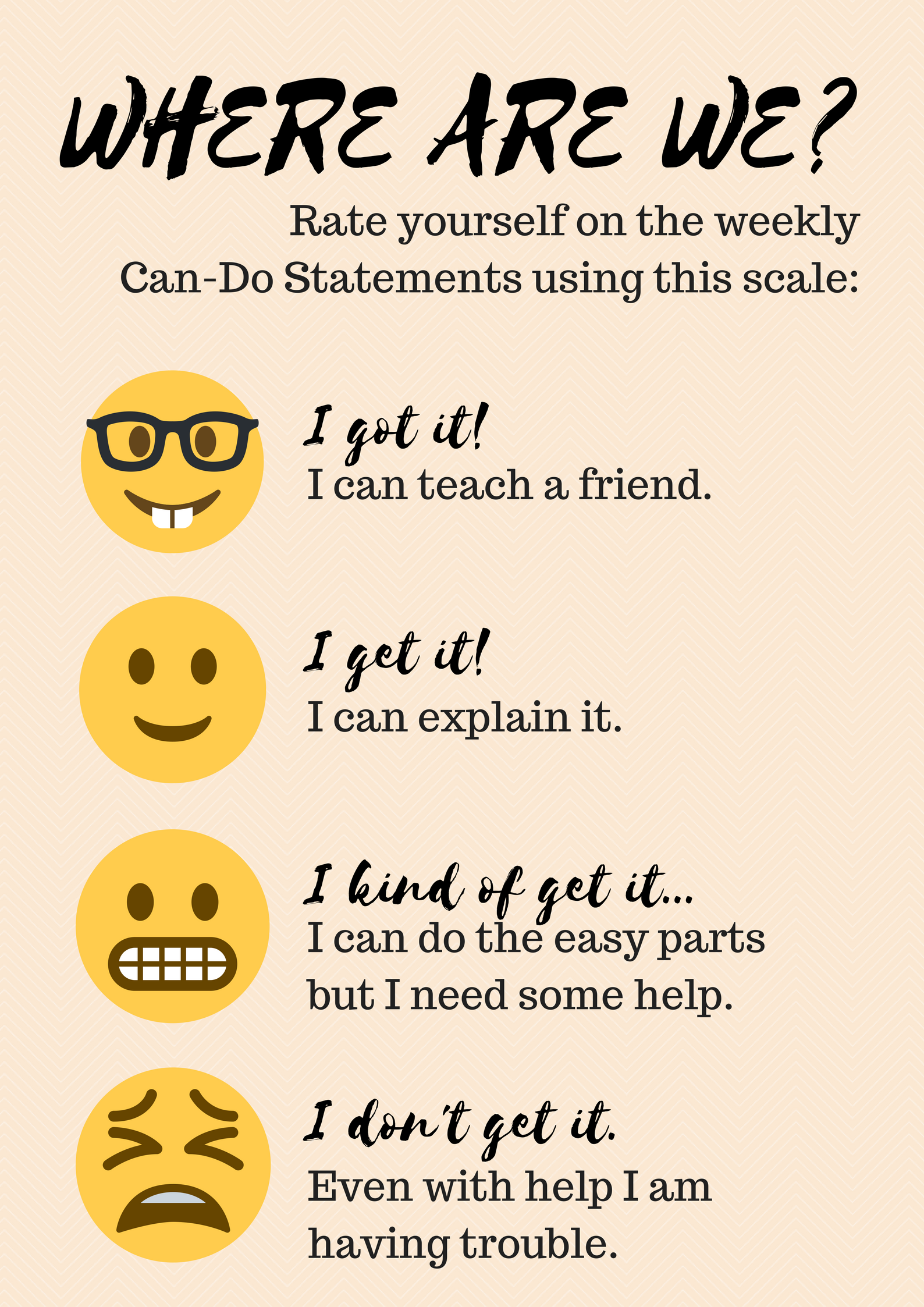Eating H
About the Boise State World Languages Resource Center (WLRC) Language Activity Repository
The activities provided by the Boise State World Languages Resource Center (WLRC) serve as foundational activities which can be adapted by any language and scaled up or down on the proficiency scale. In other words, the activities are “language-agnostic” to provide language instructors from around the country the platform to remix these instructional materials, infusing them with their target language and culture!
This activity was created by upper-division language students working in the World Languages Resource Center at Boise State University. Our activities seek to help students solidify their interpersonal speaking and interpretive listening skills through task-based situations or communicative activities. We recommend using these activities to help reinforce the content students are learning, allowing the students time to feel comfortable using the unit’s vocabulary and grammar structures through application. Further, these activities should be facilitated in approximately 90% (or more) in the target language, per the recommendation of the American Council on the Teaching of Foreign Languages.
Using the WLRC Repository’s Activities:
When you are ready to begin remixing the activity, in order to adapt it for your target language and audience, simply click the “Remix This Resource” button at the top of your screen. The text provided in purple is a suggestion of what you might say to your students and should be changed to the target language.
Most activities contain a connected chapter, two to three “NCSSFL-ACTFL Can-Do” statements, a warm-up, main activity, and a wrap-up. In addition to the instructions, some activities may include a “cheat sheet” containing the target vocabulary and grammar structures emphasized in the activity. Though most of the lab materials are provided, a computer, projector, printer, and laminator may also be needed to fully utilize materials.
Many of the activities include printable cards and other instructional materials. If you would like to adapt these materials for your language, please email WLRCLAR@gmail.com and we will provide you with an editable copy. For YouTube videos and other websites, hyperlinks are provided.
Enjoy!
- Boise State World Languages Resource Center
Eating Healthy While in College

Bowl of healthy food
In this activity, students will have the opportunity to give nutritional advice to their peers and recommend a day of healthy meals to a visiting international student.
Keywords:
Nutrition, nutritional information, healthy choices, calories, fat, sodium, breakfast, lunch, dinner, snacks, meal planning, menu, college, eating out
Relevant NCSSFL-ACTFL Can-Do Statements:
- I can exchange with others some ideas about ways to eat healthily
- I can exchange opinions about the food available at my university
- I can read and understand basic nutritional information
Relevant ACTFL World-Readiness Standards
Communication
Standard 1.1
Students engage in conversations,
provide and obtain information, express feelings and emotions, and exchange opinions.
Materials Needed:
- Wet erase markers and erasers
Student Meal Cards (Warm-up), one per student
Meal Planning Cards (Main Activity), one card for each pair/group of students
Student Profile Cards (Main Activity), one card for each pair/group of students
Campus Menu Cards (Main Activity), one set for each pair or group of students
Warm-up
1. Begin by introducing the Can-Dos for today’s activity and distributing one of the “Student Meal Cards” to each student.
“Today, we are going to chat about the food we have at our university. We will chat about some of the restaurants we have and focus on nutritional information. We will also decide if our campus has healthy options available."
Relevant NCSSFL-ACTFL Can-Do Statements:
• I can exchange with others some ideas about ways to eat healthily
• I can exchange opinions about the food available at my university
• I can read and understand basic nutritional information
2. Ask students to look at the dish they have in front of them and provide the lab assistant a suggestion of something healthier on or off campus they might eat instead.
“Now, each person has a card with food for breakfast, lunch, or dinner. This is real dish selected by a student here on campus! Take two minutes to look at the card and think about a healthier suggestion you can provide.”
If students need some assistance getting the discussion going, use the questions below:
1. Where can you find these items on campus?
2. What types of ingredients does the food on your card contain?
3. Are there condiments or sauces in the food?
4. How many items on your card have protein?
5. How many of the items contain a lot of fat? How many contain little fat?
6. What items would you like to eat on this card?
7. Is there meat? How much? What type?
3.
Option 1: Go around the table and have students share the items they would keep and their recommendations for healthier options.
Option 2: Put students in partners and have them pretend that the card they are holding is their partner’s meal selection for the day. Students should provide encouragement and recommendations for a healthier meal.
Main Activity
1. Put the student in partners and hand each pair one student profile card, one set of campus menus, and one meal planning sheet. Students should read through the profile card and they will then look through the menus and make a plan for the student’s visit to the university.
“Next, we are going to help a few international students who will be visiting Boise State with their meal choices for the day. Read the card with the information about each student and pay attention to the food they want to try and the food they do not like or cannot eat.”
2. Tell your students:
1. “You will use the meal planning sheet (orange and white sheet) to plan the meals for your student. You will need to decide where they will go for breakfast, lunch, dinner, and a snack.”
2. “You are going to use the menus from restaurants at the university. For each meal, you need to have a food and a drink. Create a menu that is healthy but also includes foods the student likes.
3. Use this model for an example:
1. For breakfast:
1. We will go to Starbucks and drink a coffee and eat a bagel.
2. For lunch:
1. We will go to Panda Express and have brown rice, orange chicken, and an iced tea.
3. For dinner:
1. We will go to Subway and eat a sandwich with turkey and cheese and an orange juice.
4. For a snack:
1. We will go to Freshii and drink a smoothie.
3. Once all students have completed the meal planning sheet, ask each pair of students to introduce their assigned student and share their meal planning sheet with the group.
4. After each group has shared, ask the students to vote on the healthiest meals:
1. What are the healthiest dishes? Why are they good choices?
2. What the least healthy dishes? What makes them unhealthy?
Wrap-up
Wrap-up questions (Pick the a few you’d like to ask):
1. “How often do you eat on campus? How often do you eat off campus?”
2. “How often do you eat breakfast? What is your favorite dish?”
3. “What do you like to eat for lunch?”
4. “How often do you drink tea or coffee?”
5. “What is your favorite drink?”
6. “Do you normally eat on campus? Why or why not?”
7. “Where do you like to buy your food from?
9. “Do you think our university has healthy food options for students? Why or why not?
End of lab:
• Read Can-Do statements once more and have students evaluate their confidence.
(Use thumbs up/thumbs down or download our student cards.)
• Encourage students to be honest in their self-evaluation.
• Pay attention, and try to use feedback for future labs!
Relevant NCSSFL-ACTFL Can-Do Statements:
• I can exchange with others some ideas about ways to eat healthily
• I can exchange opinions about the food available at my university
• I can read and understand basic nutritional information

Where are we? Rate yourself on the weekly Can-Do Statements using this scale: I get it!, I got it!, I kind of get it..., I don't get it...